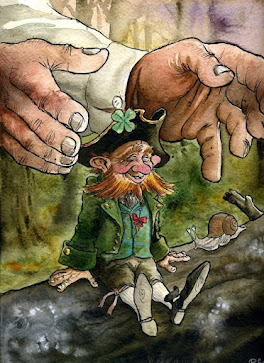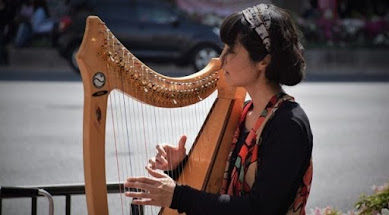The history of Saint Patrick's Day celebrations
A religious and cultural celebration, Saint Patrick's Day is observed on March 17 every year. It bears the name of the patron saint of Ireland, Saint Patrick, who is thought to have passed away on this day in the fifth century. When the Catholic Church declared Saint Patrick's Day to be an official Christian feast day in the early 17th century, Saint Patrick's Day celebrations began.
At first, Saint Patrick's Day was largely observed as a religious festival in Ireland. It was a day for worship, celebration, and paying homage to Saint Patrick. Nonetheless, the celebration gradually shifted toward a more secular tone and started to host parades, festivals, and other events.
Irish soldiers serving in the British army are thought to have participated in the inaugural Saint Patrick's Day parade in New York City in 1762 by marching through the city's streets. As the number of Irish immigrants to the US increased over time, Saint Patrick's Day celebrations extended. Saint Patrick's Day is now observed in a wide variety of nations, especially those with sizable Irish populations, like the United States, Canada, and Australia.
The first formal parade was held in Dublin in 1931, and Saint Patrick's Day was made a national holiday in Ireland in 1903. With hundreds of thousands of spectators each year, the Dublin parade is currently one of the biggest Saint Patrick's Day parades in the entire globe.
A lot of people celebrate Saint Patrick's Day as a well-known cultural festival, donning the Irish flag color of green and engaging in customs like drinking green beer and eating corned beef and cabbage. Yet, many people, especially in Ireland, continue to regard the festival as a significant religious observance.
Overall, St Patrick's Day celebrations have a rich and varied history that represent the changing customs and cultural practices of the Irish and their worldwide diaspora.





Comments
Post a Comment